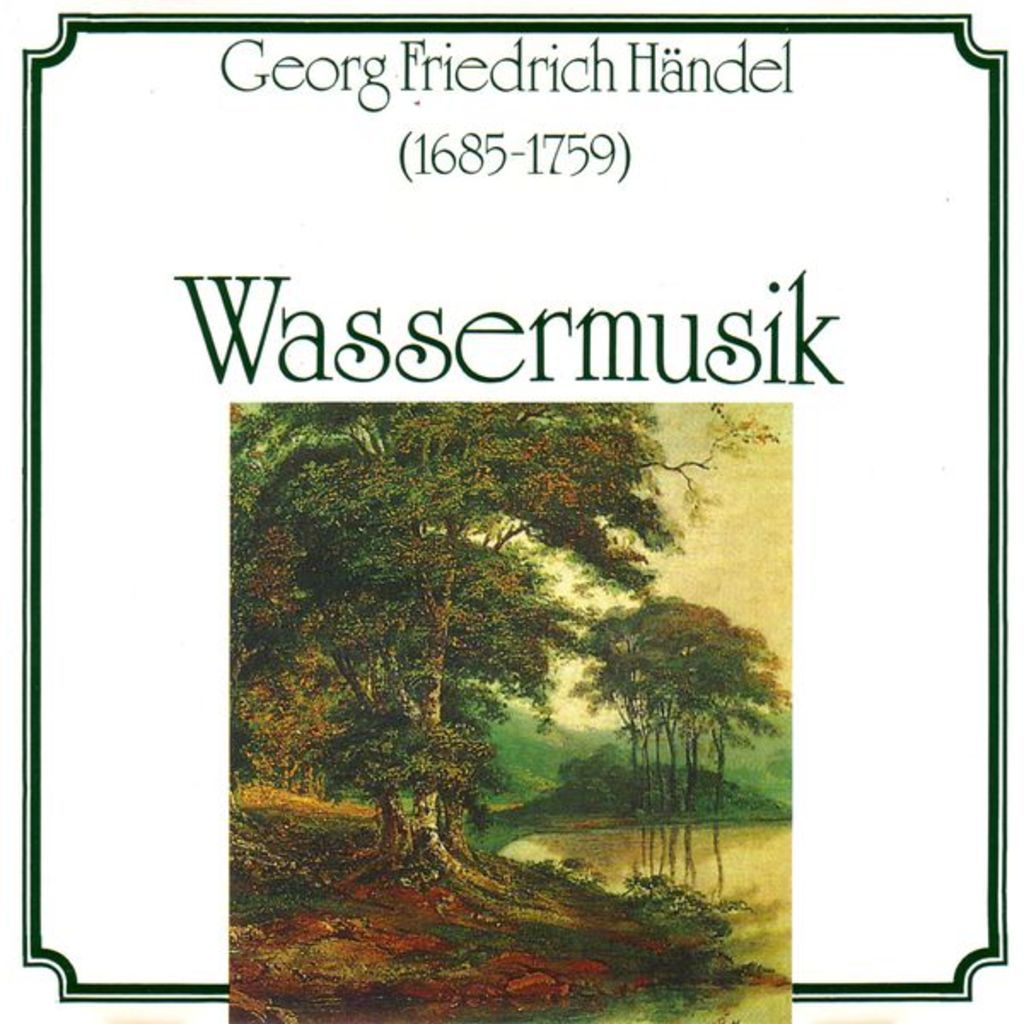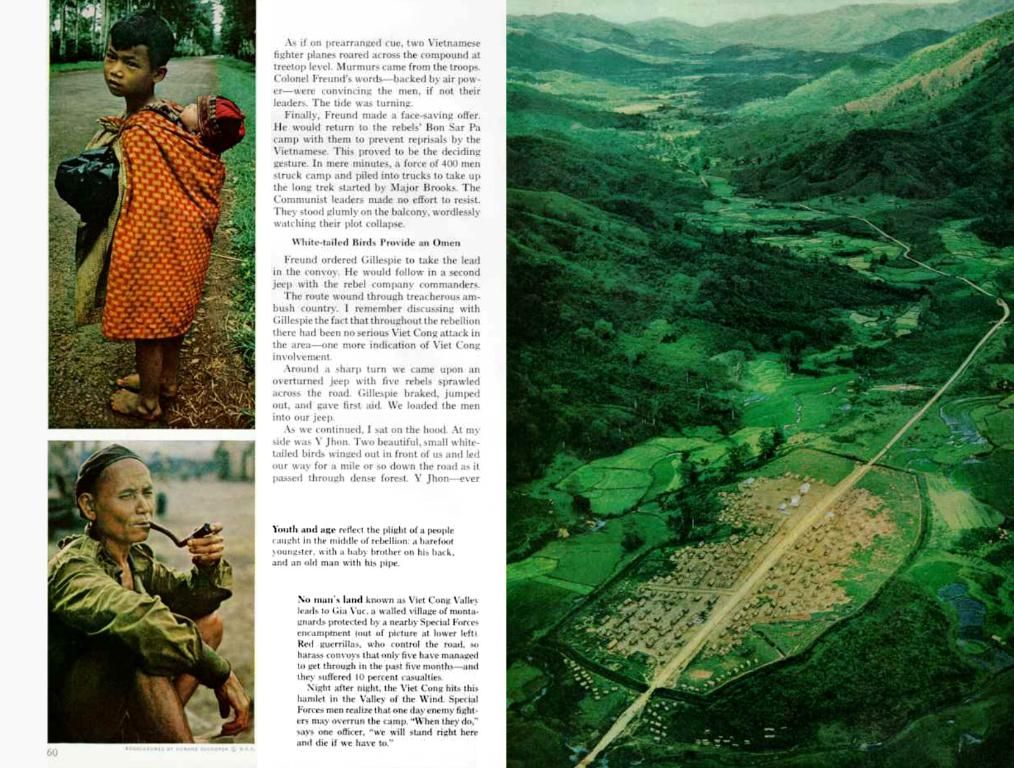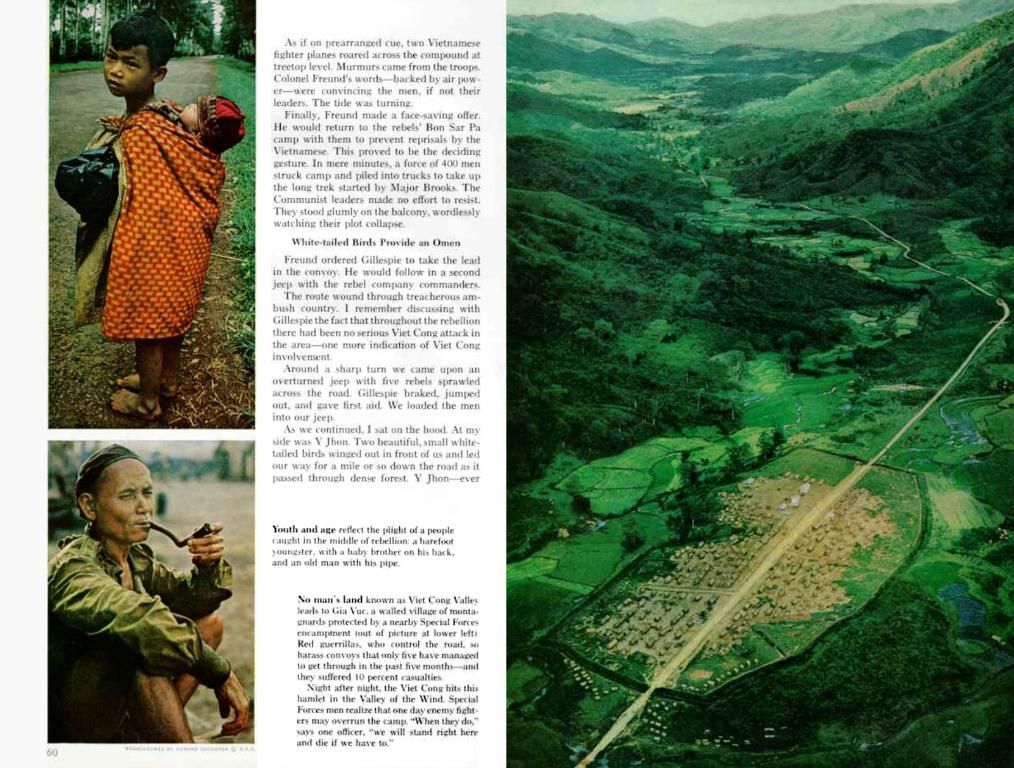Top-Notch AR Development Tools for Tech Whizzes: A Comprehensive Guide
Augmented reality (AR) has transformed the way we perceive the world, bridging the gap between the digital and physical realms. Developers play a crucial role in shaping this futuristic landscape by crafting immersive experiences that blend virtual elements with the real world. In the dynamic era of innovation, finding the most powerful and versatile AR development tools is essential for unlocking the full potential of this transformative technology.
Join us as we embark on a journey through the top 10 AR development tools that empower developers to revolutionize industries and enrich our digital future:
Top 10 Augmented Reality Development Tools
- Unity 3D
- Features: Unity 3D is a widely acclaimed game development engine celebrated for its flexibility and scalability in creating diverse gaming experiences. With its robust AR capabilities, developers can seamlessly integrate virtual elements with the natural world. Real-time rendering ensures smooth and dynamic virtual content, while cross-platform support enables universal deployment across various devices and platforms. The Unity Asset Store offers a wealth of pre-built assets, plugins, and tools specifically catering to AR development, saving developers valuable time and effort. A vast community of developers fosters collaboration and knowledge exchange, crucial in the rapidly evolving field of AR. Unity's AR Foundation provides a unified framework for AR development, enhancing efficiency and ensuring compatibility with ARKit and ARCore-supported devices. Unity's support for spatial computing, machine learning integration, and continuous updates keep it at the cutting edge of AR technology.
- Related Article: Google launches augmented reality app ARCore for Android
- ARKit (Apple)
- Features: Developed by Apple, ARKit is a powerful and sophisticated augmented reality framework exclusively designed for iOS development. It boasts advanced motion tracking, scene understanding, 3D object detection and recognition, and lighting estimation features that enable virtual objects to interact convincingly with the user's real-world environment. ARKit supports multiuser AR experiences, allowing multiple iOS devices to share an everyday augmented reality environment. Persistent AR experiences ensure virtual content remains anchored across sessions, fostering continuity and coherence in user experiences. ARKit integrates smoothly with RealityKit and Reality Composer, offering additional tools for creating AR content. Continued advancements ensure developers access to the latest technologies and features for iOS AR development.
- ARCore (Google)
- Features: ARCore, developed by Google, is a primary player in Android-centric augmented reality development. It emphasizes precision in motion tracking, ensuring that virtual elements seamlessly interact with the real world. Environmental understanding capabilities are integral to ARCore, allowing the system to recognize surfaces, objects, and their spatial relationships. Wide device compatibility ensures developers reach a massive user base, leveraging ARCore's features on various smartphones and tablets. Depth API integration enables the creation of more immersive AR experiences by understanding the depth of the user's environment. Cloud Anchors facilitate multiuser AR experiences, enabling users on different devices to share a common AR environment. ARCore supports augmented image recognition, 3D object recognition, vertical plane detection, and enhanced visual realism through lighting estimation, setting the stage for versatile and creative AR applications.
- Vuforia
- Features: Vuforia is a leading player in augmented reality development, praised for its versatility and comprehensive toolset. Robust computer vision techniques pave the way for intelligent perceptions and interactions between the virtual and physical world. Marker-based tracking permits precise connections between virtual elements and real-world markers. Markerless tracking offers spatial freedom, allowing virtual content to interact naturally with the environment. Extended tracking ensures seamless AR experiences even when markers temporarily leave the camera's view. Smart Terrain technology dynamically adapts to the user's surroundings, facilitating responsive and intuitive AR interactions. Object recognition and tracking capabilities elevate user experiences by recognizing and interacting with specific real-world objects. The extensive cross-platform compatibility ensures universal appeal, and seamless integration with Unity shortens the development process. Vuforia remains at the forefront of AR innovation through continuous updates and improvements.
- Wikitude
- Features: Wikitude is a simple and powerful augmented reality software development kit (SDK) offering developers a user-friendly toolkit for crafting immersive AR experiences. Cross-platform compatibility ensures a broad reach, leveraging AR experiences on various devices and operating systems. Image recognition precision lays the foundation for contextually relevant AR experiences. Geolocation AR capabilities tie digital information to specific physical locations, making it contextually immersive. Advanced 3D tracking technology opens doors to sophisticated and dynamic AR experiences, pushing the boundaries of AR creativity. Wikitude's customization potential enables developers to tailor AR solutions to specific project requirements, further enhancing the adaptability and versatility of these applications.
- Microsoft Mixed Reality Toolkit
- Features: The Microsoft Mixed Reality Toolkit is a valuable resource for developers diving into mixed reality, with a focus on mobile devices like the Microsoft HoloLens and Windows Mixed Reality. The toolkit provides a robust foundation for crafting immersive and interactive experiences, with features like hand tracking precision, spatial mapping for realism, WorldLock for anchored holographic interactions, and gesture input for user engagement. Awareness is bolstered through 3D spatial sound, immersing users in the mixed-reality environment. Toolkit extensibility permits customization to suit specific project needs, while integration with Unity and Visual Studio streamlines the development process, offering developers familiar tools and a productivity boost. An active community of developers fosters collaboration and shared knowledge, while continuous innovation and updates ensure developers have access to the latest tools and technologies for creating cutting-edge mixed reality applications.
- Spark AR Studio
- Features: Spark AR Studio primarily serves Facebook and Instagram, enabling developers to create augmented reality effects tailored for both platforms. A user-friendly interface simplifies the development process while catering to novices and experienced developers alike. Seamless integration with Facebook and Instagramoffers an efficient way for creators to share their AR effects with an extensive audience. Interactive AR elements engage users through social media platforms, fostering bonds and increasing user engagement. Face tracking and augmented selfies provide personalized social media interactions, as AR effects respond to facial movements and expressions. World AR effects facilitate interactive AR experiences tied to the user's surroundings. Real-time preview capabilities allow developers to iterate their AR effects in real-world scenarios, ensuring optimal user experiences. The Patch Editor enables visual scripting and the integration of interactivity and logic into AR effects, while analysis tools offer insights into user engagement.
- EasyAR
- Features: EasyAR employs a user-friendly AR development framework that simplifies the AR creation process. Dual capabilities in marker-based and markerless AR cater to various tracking methods. Cross-platform compatibility ensures universal appeal and perpetual interaction across different devices and operating systems. Real-time collaboration features bolster teamwork and encourage efficient iteration. EasyAR's marker-based tracking techniques offer precision and ensure smooth integration of virtual content into specific images. Markerless tracking allows for spatial freedom, enabling virtual content to interact intelligently with the environment. Object recognition and tracking capabilities recognize specific real-world objects, enhancing the intelligence and customization of AR interactions. Simultaneous Localization and Mapping (SLAM) technology enables AR applications to perceive and traverse the user's environment in real-time, opening possibilities for AR experiences that adapt to shifting surroundings.
- Maxst
- Features: Maxst presents a versatile AR SDK framework, offering developers a comprehensive suite of tools for crafting immersive AR experiences. Precision image tracking enables the seamless anchoring of virtual content to specific images. Object tracking and recognition capabilities allow for intelligent interactions with real-world elements, personalizing AR experiences and increasing user engagement. SLAM technology grants AR applications the awareness to understand and map the user's environment in real-time, supporting dynamic AR experiences that adjust to changing surroundings. Maxst is particularly adept in the retail, education, healthcare, industrial, and navigation sectors, providing robust solutions for these specific industries.
- 8th Wall
- Features: 8th Wall is a leading AR development platform that focuses on web-based deployment, opening doors for seamless access to AR content through web browsers. Robust markerless tracking enables AR applications devoid of predefined triggers, fostering immersive experiences in harmony with the natural world. Surface recognition technology allows virtual content to anchor and interact with real-world surfaces, enhancing realism in AR experiences. Cross-platform functionality ensures compatibility with different devices and operating systems, reaching a broad audience. The JavaScript API empowers developers to integrate complex interactivity and functionalities into AR experiences. Cloud editing and deployment features streamline project management and quick deployment of AR experiences. Multiuser AR collaborative experiences foster social interaction, while dynamic content updates promote a fresh user experience.
In conclusion, the aforementioned tools serve as powerful platforms for developers to craft engaging and immersive augmented reality experiences. Tools like Unity 3D, ARKit, ARCore, Vuforia, Wikitude, Microsoft Mixed Reality Toolkit, Spark AR Studio, EasyAR, Maxst, and 8th Wall each bring unique features and cater to distinct needs, making them invaluable in this exciting and dynamic era of innovation.
- A developer can leverage the Java programming language within Unity 3D, an AR development tool, to create interactive and immersive AR experiences by integrating virtual elements with the real world, using the powerful Unity Asset Store for AR-specific tools.
- During the software development process, a developer using ARKit (Apple's AR framework) can take advantage of open source resources for improving performance and functionality, as the framework supports multiuser AR experiences, advanced scene understanding, and accurate motion tracking, ensuring lifelike interactions between virtual objects and the real world.
- To create an AR application that caters to both Android and iOS devices, a developer can utilize Java programming for integrating with both ARCore (Google's AR development framework) and ARKit (Apple's AR development framework), as both support features like continuous updates, robust tracking capabilities, and a vast user base.








